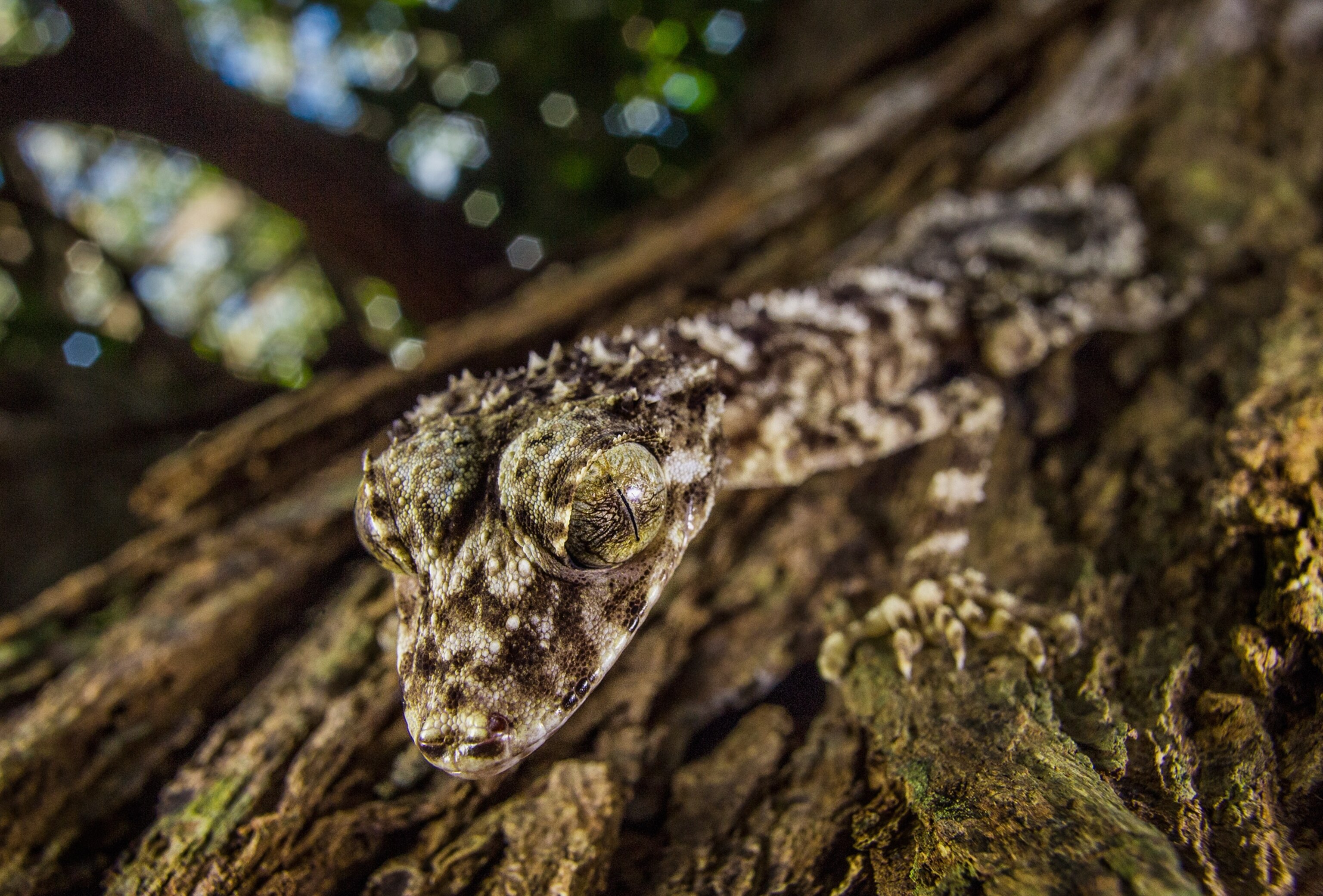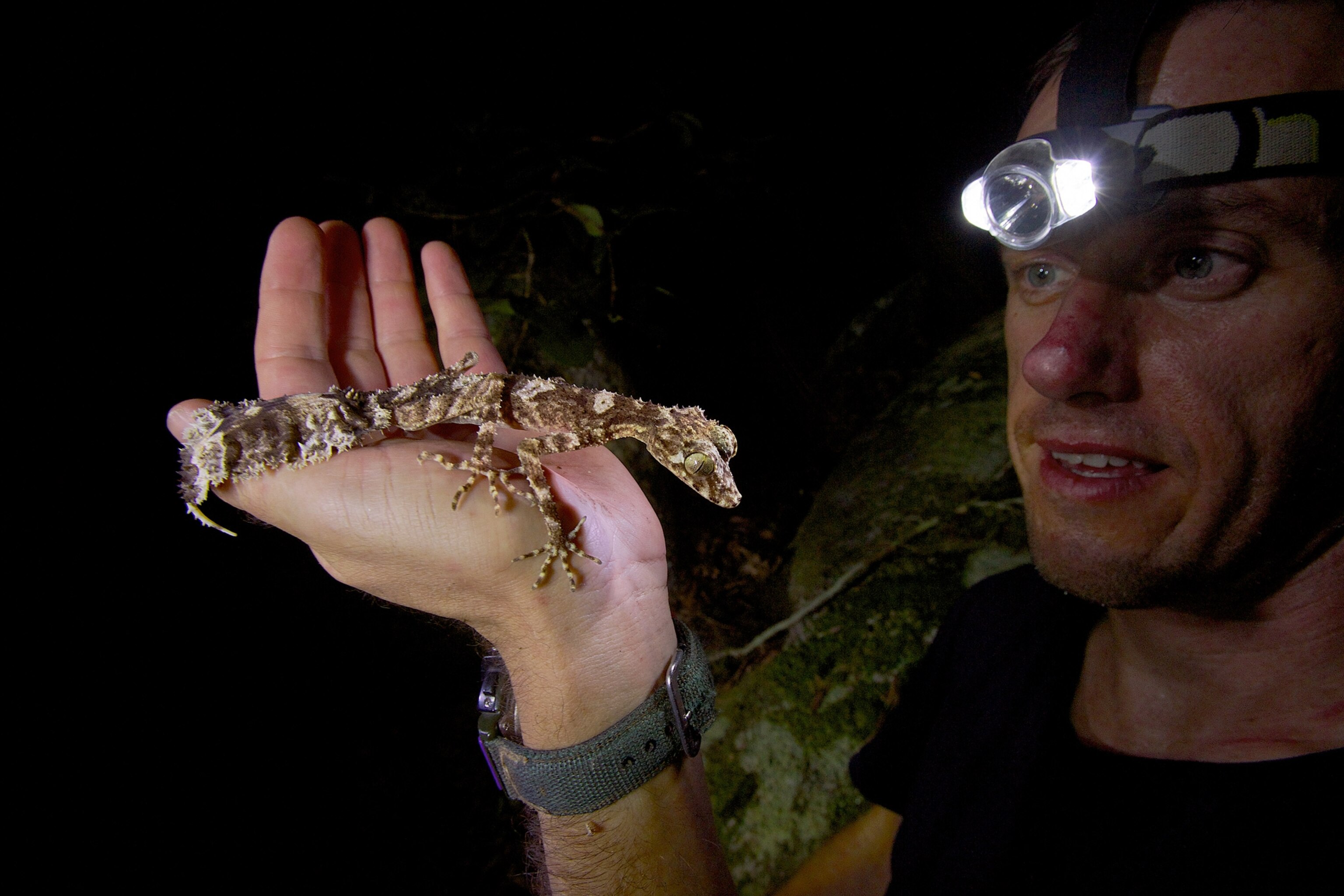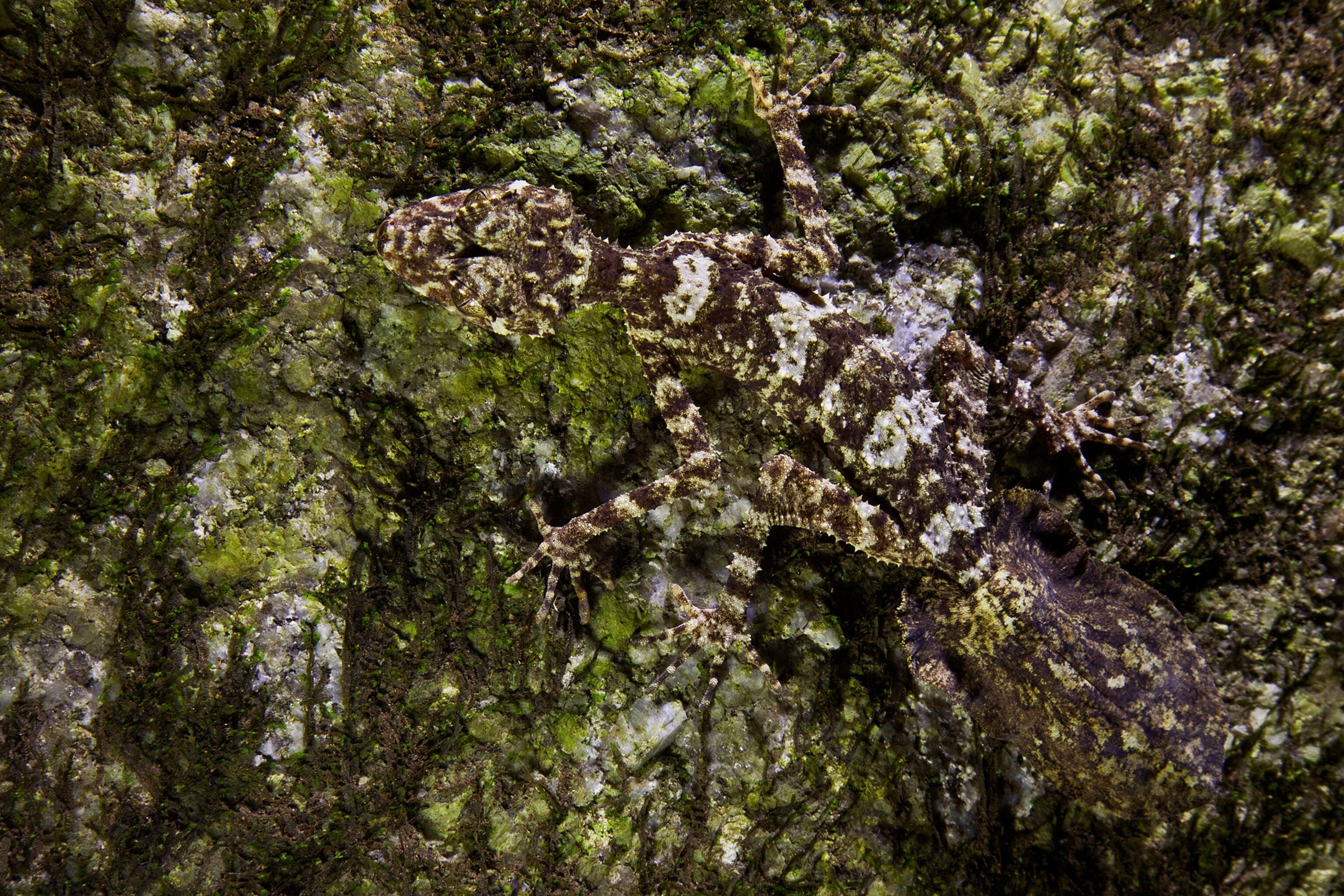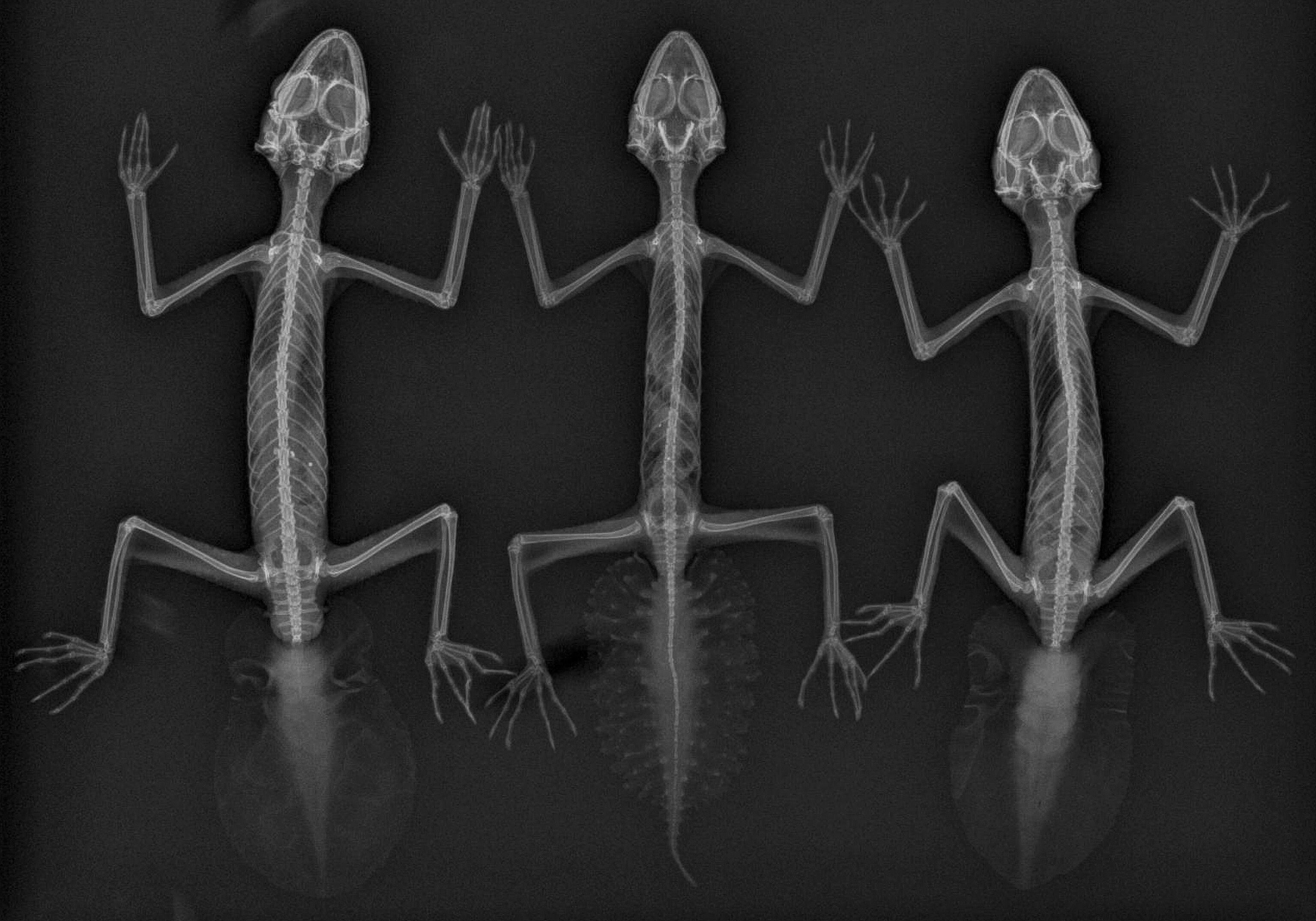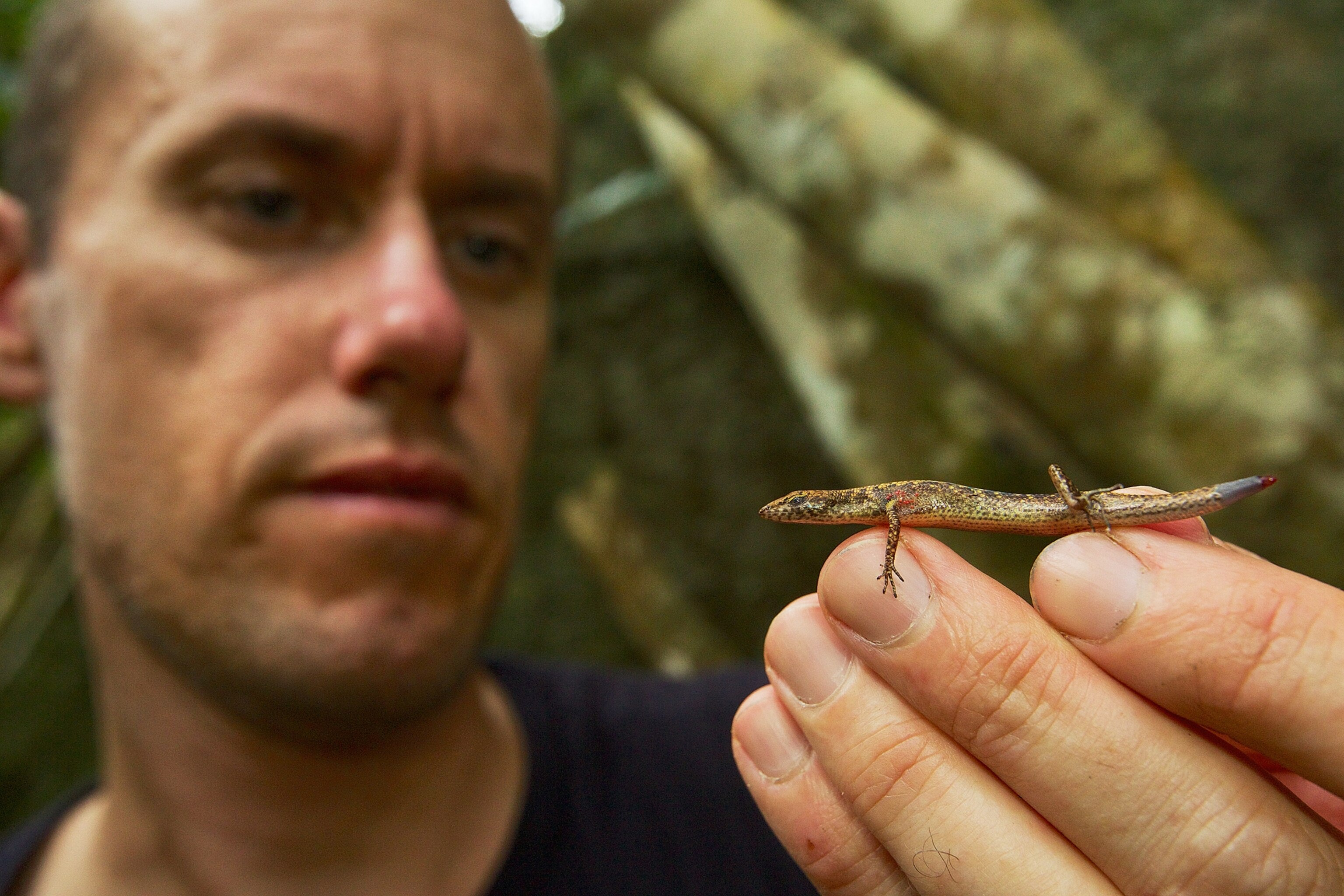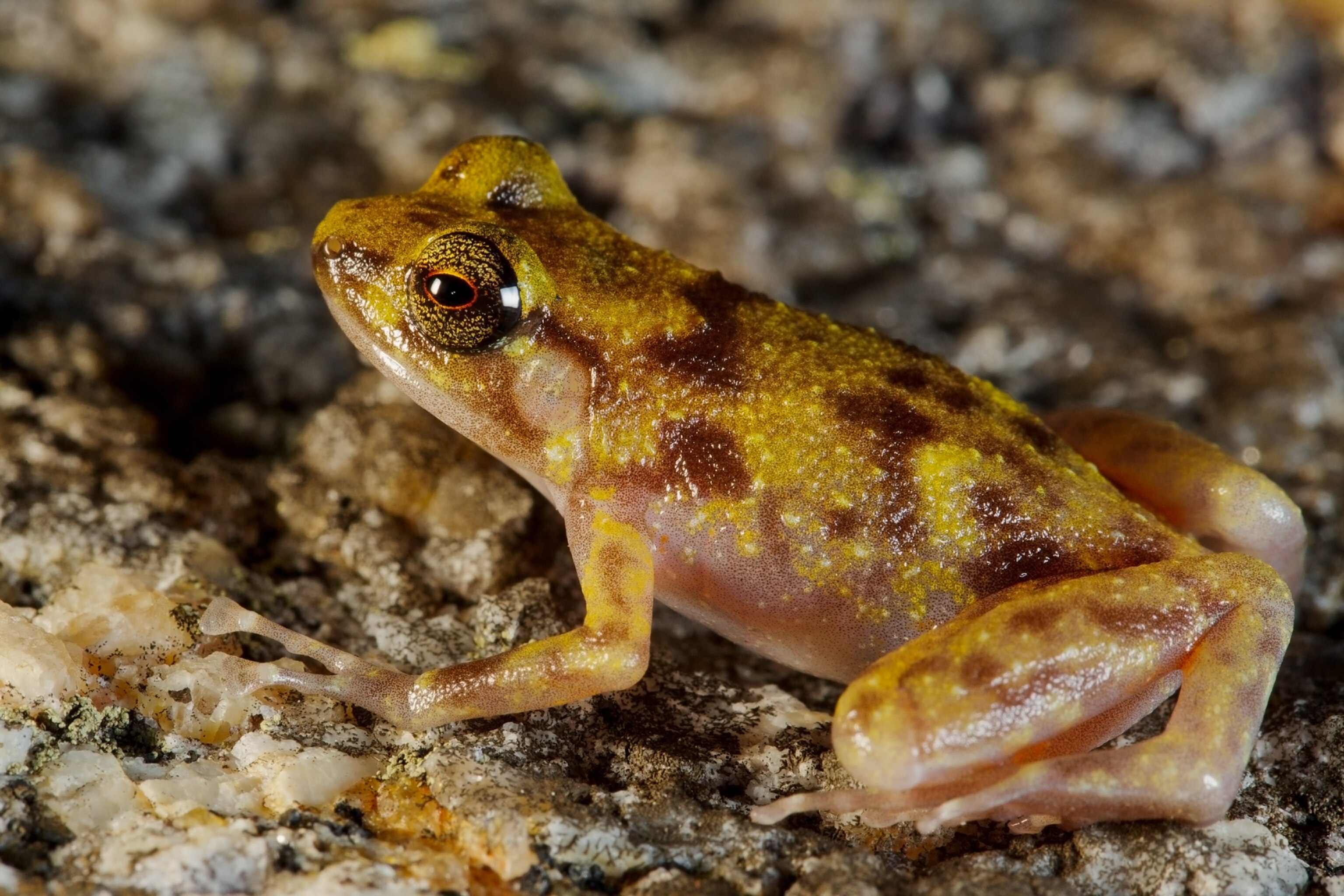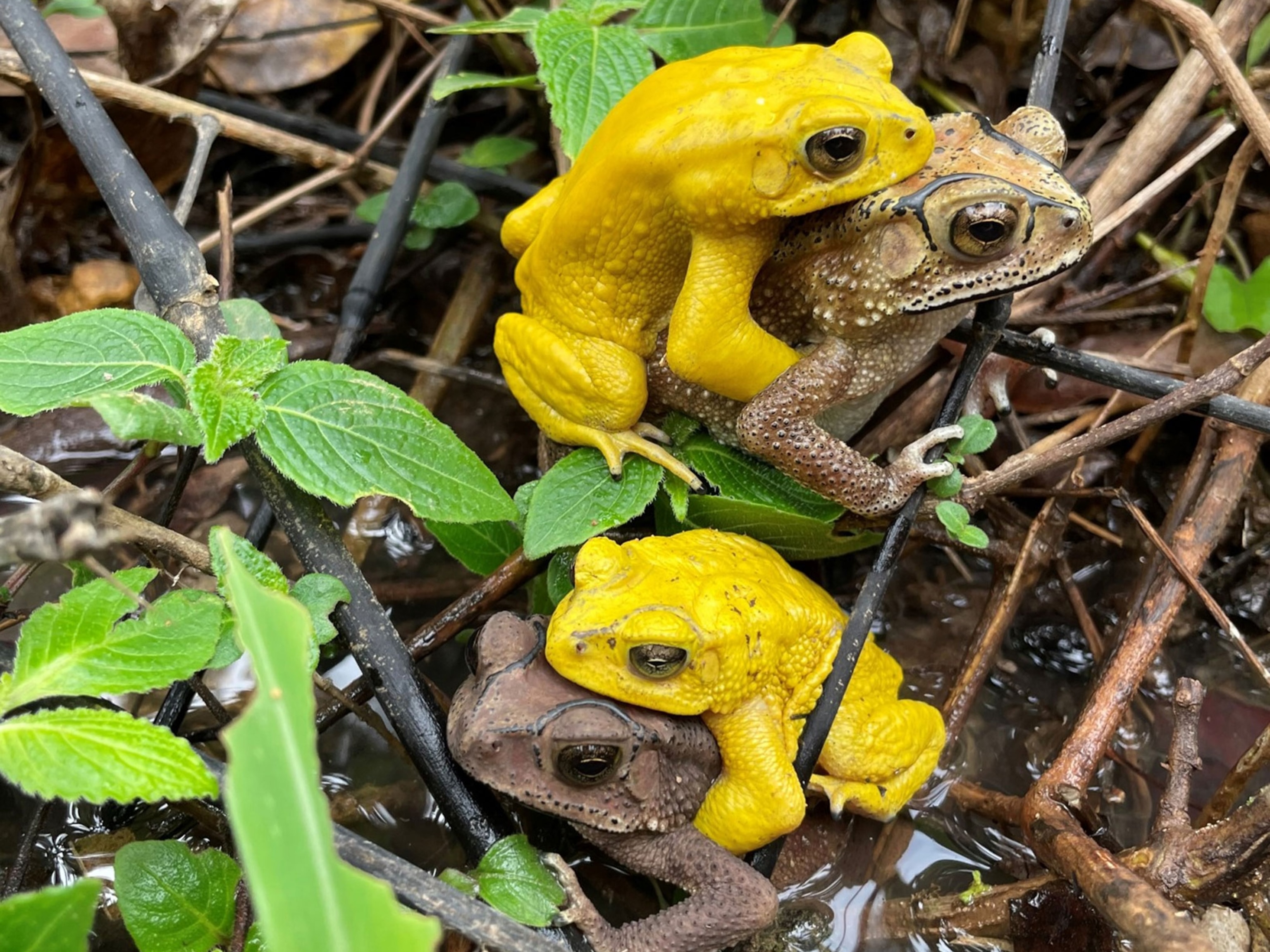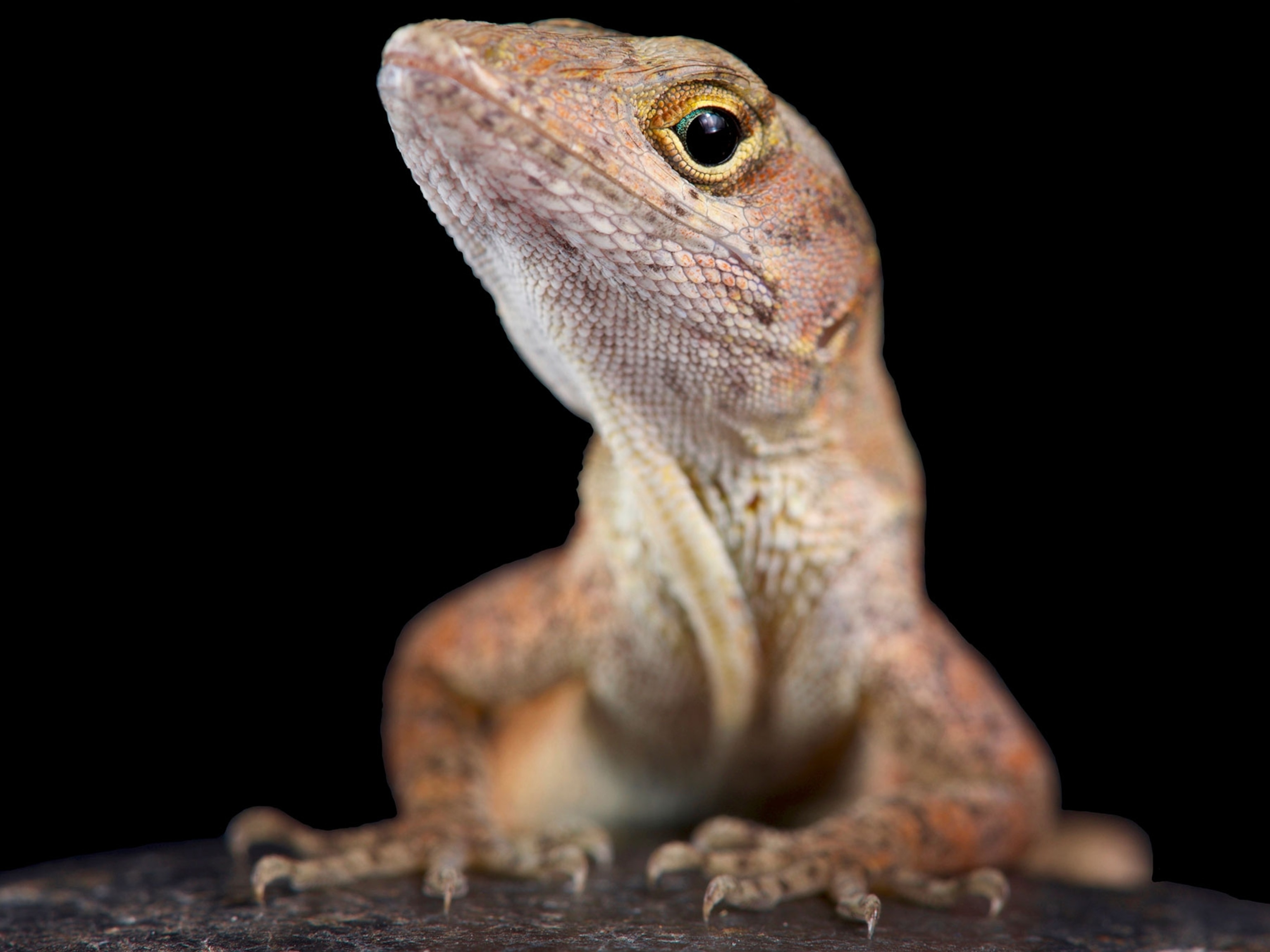Tropical biologist Conrad Hoskin scrambles over massive boulders looking for reptiles and amphibians on the Melville Range, a small mountain range on Cape Melville, part of northeastern Australia's Cape York Peninsula (map).In March, a team of scientists and filmmakers joined the ranks of the few human visitors who have explored Cape Melville's misty rain forest, a "lost world" that has been cut off for millennia and that's home to at least three new species that live nowhere else, including a leaf-tailed gecko with spindly legs and unusually big eyes. (Read the full story here.)
The team set out to study the rain forest and its inhabitants, which have been largely overlooked by science: The roughly 9-mile-long (15-kilometer-long) range is almost impassable, surrounded by a fortress of car—and house—size chunks of granite that have eroded in place after being thrust up through the earth millions of years ago.
Luckily, Harvard University researcher and National Geographic photographer Tim Laman—who led the Cape York Biodiversity Expedition— became intrigued by Hoskin's descriptions of Cape Melville, and teamed up with Hoskin for this expedition, which was funded by the National Geographic Expeditions Council.
Said Laman, "What's really exciting about this expedition is that in a place like Australia, which people think is fairly well explored, there are still places like Cape Melville where there are all these species to discover."There's still a big world out there to explore."—Christine Dell'Amore

